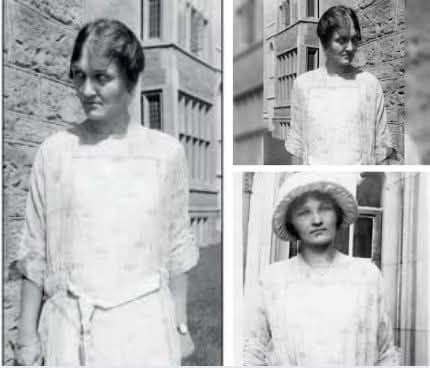Cecilia Payne-Gaposchkin could have walked by you on the sidewalk, her face calm, her eyes distant, and you might never have guessed that you were in the presence of a mind that had unlocked one of the universe’s greatest secrets. In 1925, with her doctoral thesis Stellar Atmospheres, she revealed something astonishing: hydrogen, the simplest of all elements, is the primary ingredient of the cosmos. She discovered that stars—including our own Sun—are mostly made of this gas, an insight that overturned centuries of scientific assumption. Her work was so profound that it would later be called “the most brilliant PhD thesis ever written in astronomy.”
Yet, even as she transformed our understanding of the heavens, Cecilia’s voice was often ignored. Growing up in England at the turn of the 20th century, she was told that girls had no place in serious science—even her own mother believed this. But Cecilia refused to be held back. She won a scholarship to Cambridge, finished her studies, and crossed the Atlantic to become the first person to earn a PhD in astronomy from Radcliffe College. She shattered another ceiling by becoming the first woman to hold a full professorship at Harvard, yet her name is rarely spoken in the same breath as Newton or Einstein. The truth she uncovered—that hydrogen is the building block of the universe—is often credited to “science” in general, not to the woman who first proved it.
Cecilia’s story echoes those of other women whose brilliance was overlooked. Rosalind Franklin, whose work was essential to deciphering the structure of DNA, and Lise Meitner, who played a pivotal role in the discovery of nuclear fission, both saw their achievements eclipsed by their male colleagues. This is a tribute to them—to the women whose quiet persistence changed our world, even as history tried to erase their names. Cecilia Payne-Gaposchkin, facing doubt and silence, illuminated a truth that still shines today: the stars are made of hydrogen, and the universe is made of women like her.